This website uses cookies so that we can provide you with the best user experience possible. Cookie information is stored in your browser and performs functions such as recognising you when you return to our website and helping our team to understand which sections of the website you find most interesting and useful.
Interview: Coldplay bassist Guy Berryman talks founding Applied Art Forms and passion for style
By Michelle Johnson | 27 September 2024 | Culture, Style
Tempus meets Coldplay bassist and Applied Art Forms founder Guy Berryman to learn how he turned his passion for 1950s style into a trailblazing fashion brand
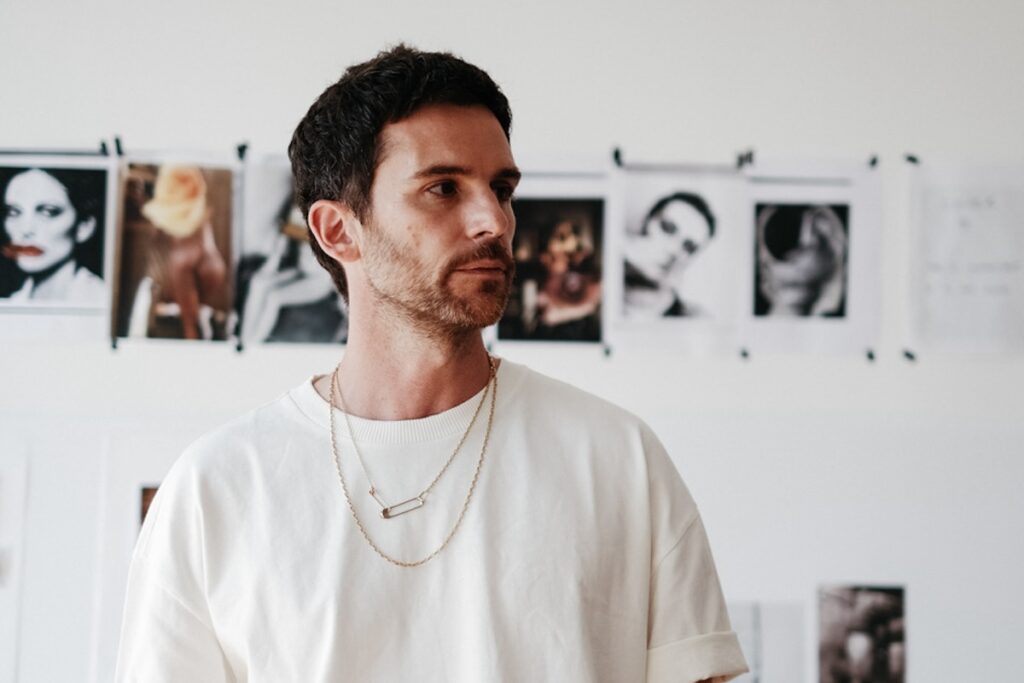 In a world of fast fashion, Applied Art Forms is unique in more ways than one. Founder and designer Guy Berryman, 46, who is best known as the bassist of British phenomenon Coldplay, launched Applied Art Forms in 2020 — two decades after the band’s breakthrough debut album Parachutes topped global charts. The fashion line was, in many ways, Guy going back to his roots.
In a world of fast fashion, Applied Art Forms is unique in more ways than one. Founder and designer Guy Berryman, 46, who is best known as the bassist of British phenomenon Coldplay, launched Applied Art Forms in 2020 — two decades after the band’s breakthrough debut album Parachutes topped global charts. The fashion line was, in many ways, Guy going back to his roots.
Taking inspiration from archival pieces including vintage military and workwear; industrial material such as reclaimed parachutes, and Japanese fashion of the 1950s, Guy’s own style infuses every beautifully structured piece in the brand’s capsule collection.
“I always loved music, but I was super passionate about design and manufacture, and studied mechanical engineering and architecture,” says Guy. “I decided to re-engage with that [passion] in 2017. I was turning 40, and I got to a point where I was sort of reflective. That’s the age where you can actually stop for a moment and look back, and then look to the future and go: Right, what has to happen now?
“I realised that I wanted to design and make things in the physical world, rather than just create music, which is very different. I wanted to make something that had an impact on my eyes, hands and body.”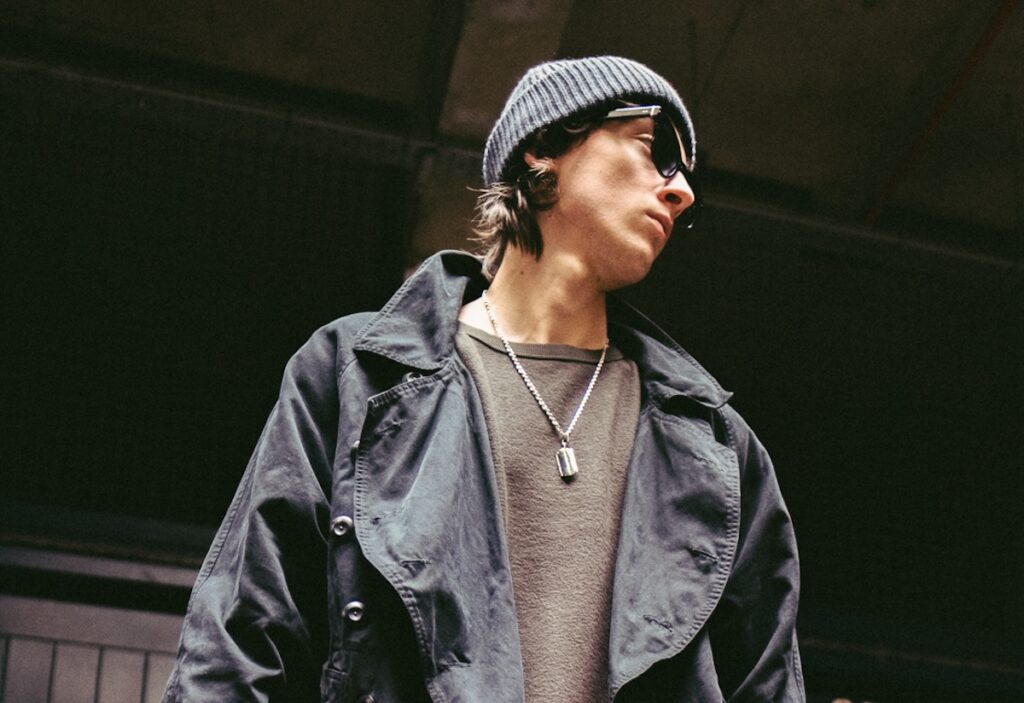 Guy’s return to tactile and tangible creation is no surprise given his heritage. Born in Kirkcaldy, Fife, to father Rupert — an engineer who was part of the Channel Tunnel creation — and mother Elizabeth, whose family were merchants and factory-owners in the area, there is an industrial spirit that seems to run through the family.
Guy’s return to tactile and tangible creation is no surprise given his heritage. Born in Kirkcaldy, Fife, to father Rupert — an engineer who was part of the Channel Tunnel creation — and mother Elizabeth, whose family were merchants and factory-owners in the area, there is an industrial spirit that seems to run through the family.
Applied Art Forms — which has created gender-neutral garments since 2023 and recently launched a unisex jewellery collection with Hannah Martin — is perhaps best known for its core collection of impeccably-made utilitarian pieces. Most of these are inspired by the artist’s own enviable collection of vintage clothing and accessories picked up on his travels — known as ‘the archive’ — and which, he says “has informed everything we’ve done”.
“I’m a collector of all kinds of things,” says Guy, who counts vintage watches, classic cars and mid-century furniture among his interests. “I’m like a magpie. After so long travelling the world, I’ve been collecting vintage garments – workwear, denims, nylon flight jackets. IfI go to a city, I don’t shop at Prada: I go straight to junk shops, flea markets, charity shops. I like to collect things that have age and history to them. I like going to a city and finding that one treasure that no one else appreciates or understands.”
Related: Read Tempus Magazine’s summer issue starring filmmaker Ridley Scott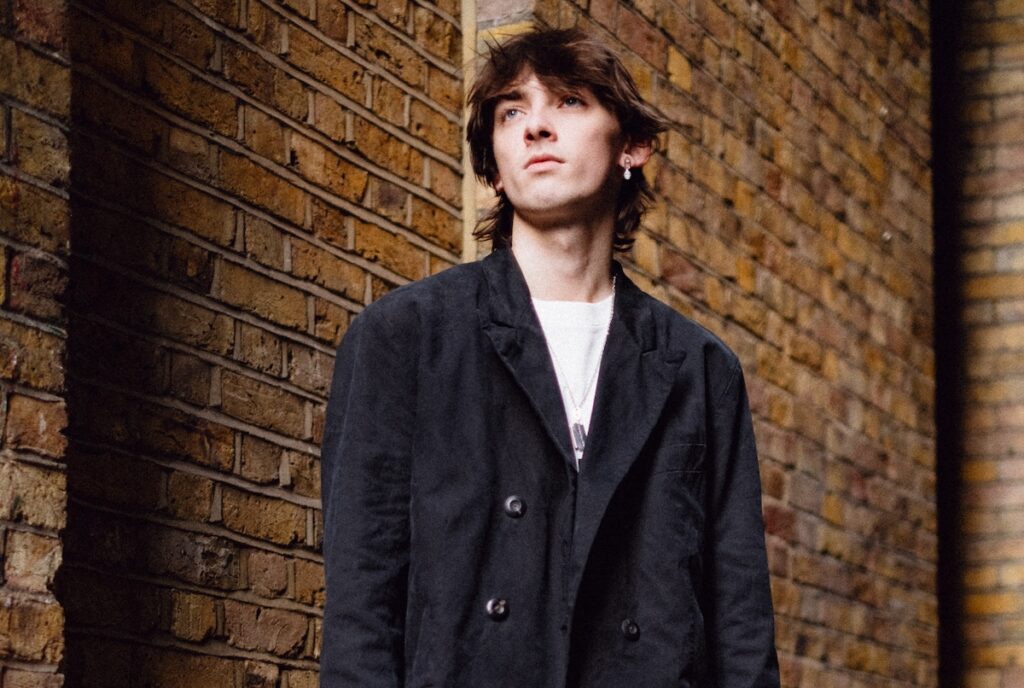 INTO THE ARCHIVE
INTO THE ARCHIVE
This extensive archive serves as the basis for all Applied Art Forms’ designs, says Guy, explaining how he combines aspects of interesting pieces — the silhouette, the fabric, design details like pockets — to form a cohesive new style, which is then produced in line with the brand’s rejection of fast fashion and mass production.
“I just love the history and the heritage of fabrics of construction,” he says. “We do try and make things using traditional techniques where possible because quite often they were much better quality than what we have today. I like things that are handmade or made on kind of vintage machinery — I like things that took a long time to make.
“A lot of the garments I collect are from the 1940s, 1950s and 1960s, and it was all so well made — especially the utilitarian stuff. If you buy military surplus today from the ’90s or 00s, it’s just absolute garbage. It’s not going to be of interest to any collector.
“Ultimately, I’m just a nerd,” he laughs. “I drive myself nuts because I spend a disproportionate amount of time on things that nobody will ever appreciate or understand, so I do have to reel myself at times.”
This attention to small details certainly shines through as we talk about the challenges of the production method, and Guy illustrates the sheer depth of thought that goes into each aspect of a garment — even something as everyday as a sturdy buttonhole.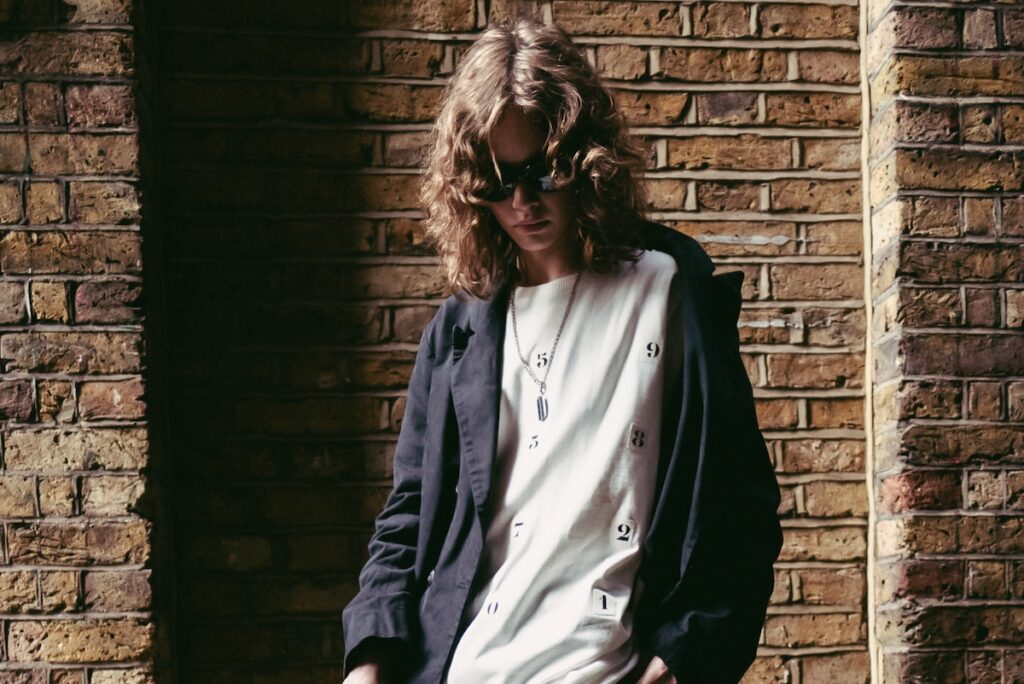 “We face production challenges all the time,” he says. “Making clothes, to be honest, is a nightmare. It really is brutal and the only way to navigate the waters is to be completely passionate about what you’re doing, and let that passion keep you from drowning. Most people, frankly, don’t have the stomach to make a fashion label survive.”
“We face production challenges all the time,” he says. “Making clothes, to be honest, is a nightmare. It really is brutal and the only way to navigate the waters is to be completely passionate about what you’re doing, and let that passion keep you from drowning. Most people, frankly, don’t have the stomach to make a fashion label survive.”
Guy likens his personal style to Japanese street style, featuring balloon trousers and strong silhouettes – and a multitude of jackets. In fact, Guy says his archive is 85% jackets, with trousers and outerwear filling the gaps – a trend that’s echoed in the brand’s statement pieces. “I feel that’s where you have the most opportunity to add technical details and really play with strong silhouettes,” he says.
“I like playing around with the shape of trousers but, for me, it’s all about jackets and outerwear. That’s why I find the spring/summer collections hard — although we do still produce outerwear [for spring/summer, much to the annoyance of my team,” he laughs. “Look, I’m not going to launch a collection with just a graphic T-shirt — it doesn’t satisfy my soul remotely.”
Related: Stanley Tucci talks cocktails, cooking and his love for London’s food scene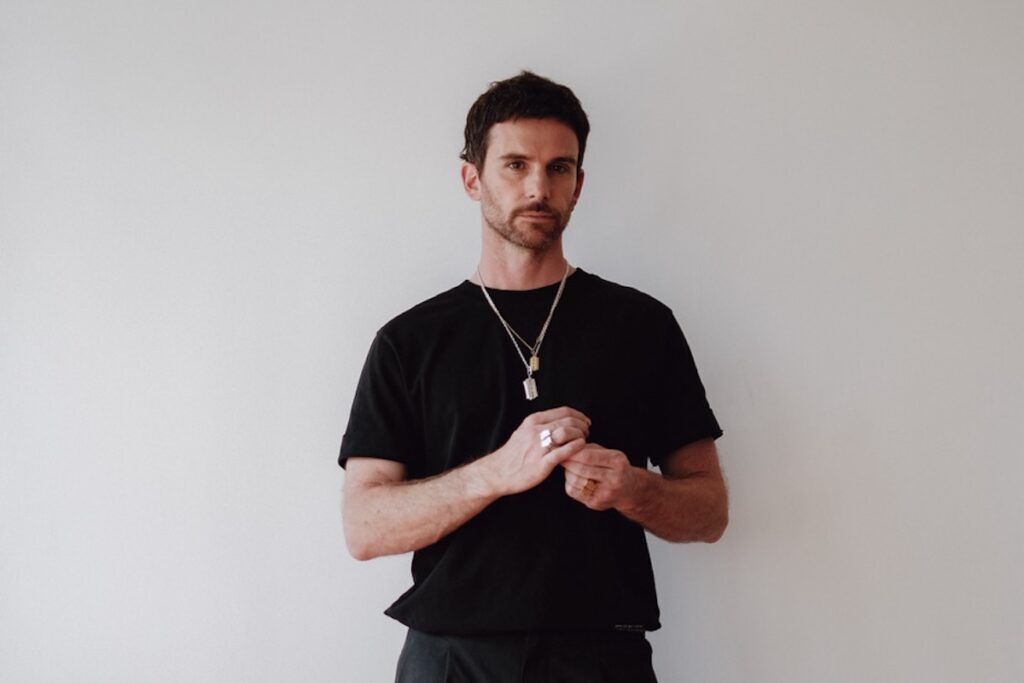 STUDIO SESSIONS
STUDIO SESSIONS
Guy is currently working on the autumn/winter 2025 collection at the brand’s studio in Amsterdam, where he now lives with his partner, Keshia Gerrit (“I’m still getting used to the bikes,” he laughs. “I mean, it is a bit lawless, but it’s the best city for living in.”). That is, when he’s not on tour with his Coldplay band members — singer Chris Martin, guitarist Jonny Buckland and drummer Will Champion.
Together, the band has sold more than 100 million records worldwide, and earned nine Brit Awards, seven Grammys and an Ivor Novello.
“We’re enjoying the tour,” he says. “With music, the band bounces ideas off each other, and it’s similar with [Applied Art Forms]. It’s important for me to be collaborative – you always get a better result when you’ve got other people contributing to the end product.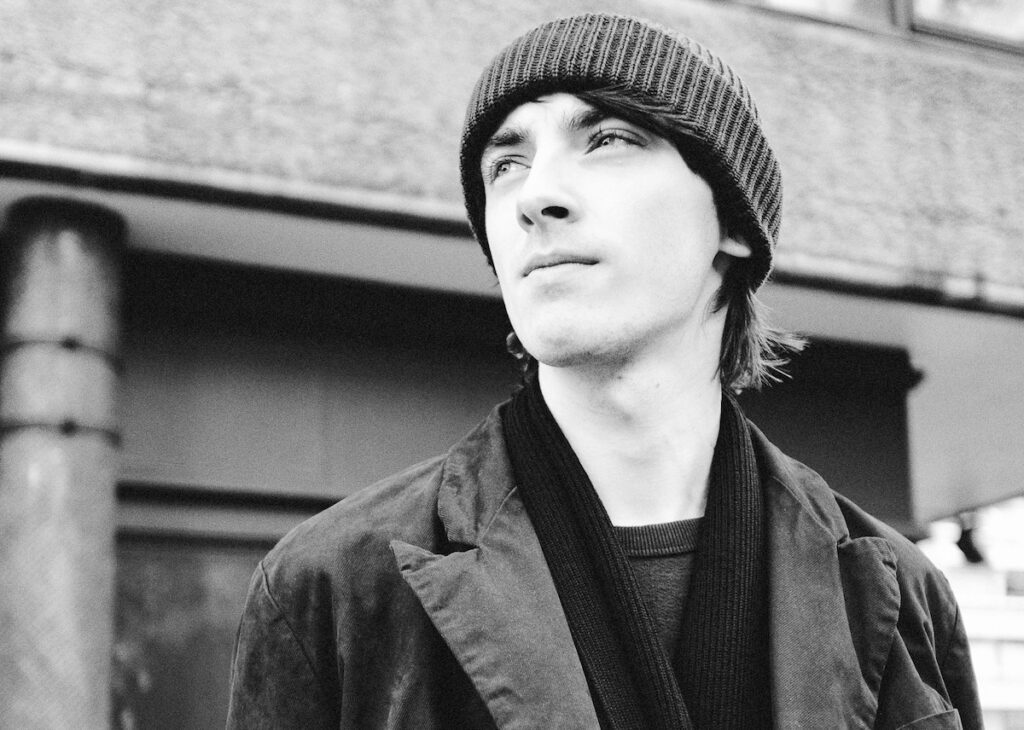 “But it’s also nice to use a completely different part of my brain and make something very different to music. I think that’s really healthy and makes me a better person when I step back into the band,” says Guy, reflecting on the nine studio albums released by Coldplay since the band formed in 1997.
“But it’s also nice to use a completely different part of my brain and make something very different to music. I think that’s really healthy and makes me a better person when I step back into the band,” says Guy, reflecting on the nine studio albums released by Coldplay since the band formed in 1997.
“I feel like it’s an important process, for me, creatively, and it makes me a better musician when I do step back into the recording studio, because I’ve got this creative outlet elsewhere. I don’t feel like I’m always fighting for my ideas or trying to be too controlling in the studios.”
And with Coldplay’s tour expected to stretch into 2025, Guy has plenty of cities in which to expand his archive — ready to inspire future Applied Art Forms collections.







